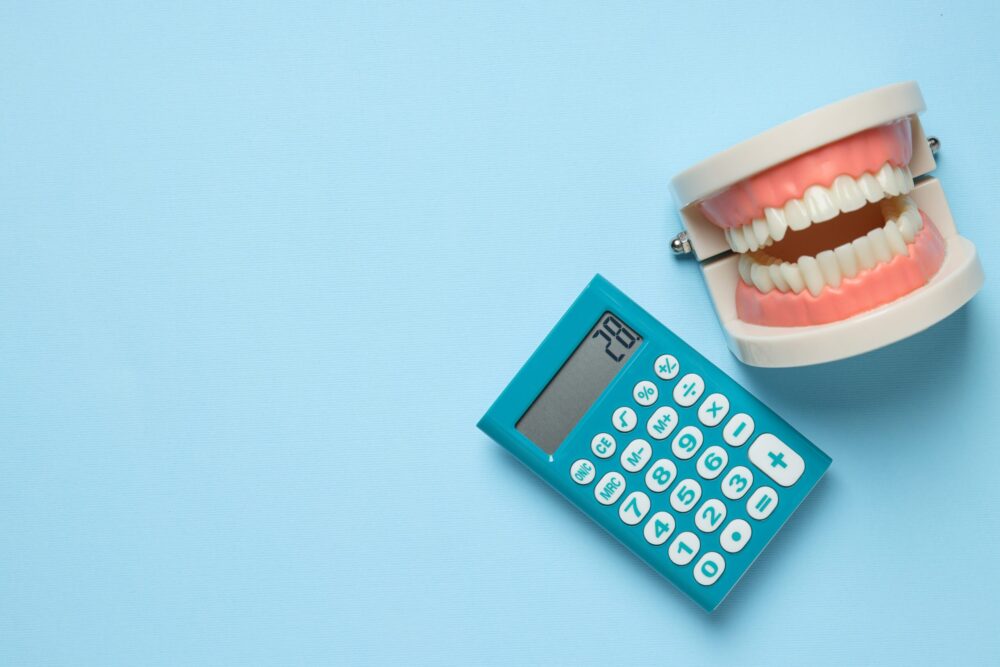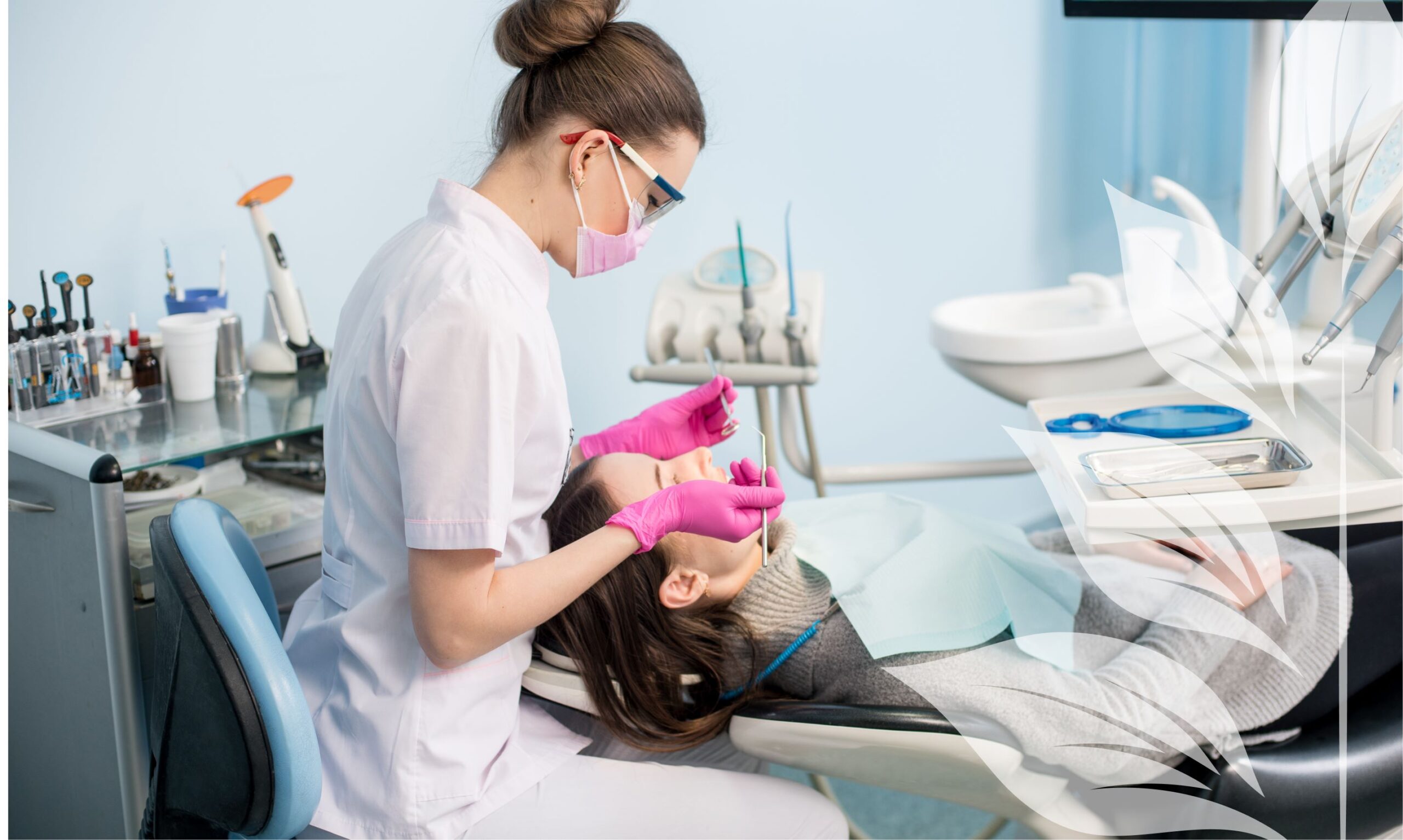Restore the complex uses of your natural teeth.
When you think about it, teeth are amazing. People and animals across the world rely on specially adapted teeth to help them carry out a wide variety of tasks, from eating to communicating. Some animals are even constantly growing new teeth to replace those that are damaged or worn down over time! Humans rely on the same set of adult teeth for the majority of our lives, but we have the knowledge and technology to keep our teeth healthy using a thorough oral hygiene routine and regular dental care. We can even help our teeth last if they’ve suffered from an injury or decay. Dental crowns are one of the best ways to save a severely damaged tooth, restoring its function and appearance while protecting your future oral and overall health. If you’ve never needed a dental crown before, however, you might not know much about them. To help you understand the treatment better, here are 5 little-known facts about crowns.
1. Dental crowns have a surprisingly long history.
While dental crowns may sound like they’re a relatively new treatment, they’ve been around for a surprisingly long time! The first evidence of people using dental crowns dates back to around 166 AD, when the Etruscans used gold crowns to restore teeth. The first book on dentistry, The Little Medicinal Book for All Kinds of Diseases and Infirmities of the Teeth, was published in 1530 and included a description of restorative dental procedures, such as the placement of dental crowns. Porcelain crowns seem very modern, and in many ways they are; we’re using porcelain in new ways and with advanced technology nowadays, but the idea to use it to improve the appearance of dental crowns goes back as far as 1746! That’s when it was first suggested that gold crowns could be coated in porcelain to make them appear more natural.
The porcelain jacket crown was invented in 1903, and the “lost wax” casting machine followed soon after in 1907. This machine allowed dentists to create accurate casts of patients’ teeth for the first time. Restorations like dental crowns now fit patients’ teeth better than ever before, helping them look and feel more natural. Despite the fact that dental crowns have been around for centuries longer than you may have thought, new technology is constantly being developed to improve them, making them more convenient, durable, and natural than ever before!
2. They use advanced technology to achieve long-lasting, realistic results.
Today, many dental crowns are precision-milled from porcelain to fit into your mouth perfectly. When you receive a dental crown, Dr. Allred checks your bite carefully to ensure it matches up perfectly and feels just as natural as it looks. And thanks to modern precision milling techniques and improved materials, your crown will look just as natural as your real tooth! Porcelain is an incredibly durable material, so it can stand up to the same daily wear and tear as your natural teeth. It’s also tinted and polished to match the shade and gloss of your natural teeth, but it’s actually more stain-resistant than them. This helps your porcelain crown continue to look natural throughout its long lifespan, which can be 15 years or more with great oral hygiene.
Zirconia crowns are a particular type of crown that’s made from an incredibly strong porcelain material. It’s so strong that the crowns can be made thinner, which means less healthy tooth structure needs to be removed during the placement process. Even though they’re thinner, zirconia crowns don’t compromise on strength. They’ll even stand up to the daily wear and tear of being placed on your back molars, all with the potential to last for decades with proper care.
3. They generally take two appointments to place.
In most cases, getting a dental crown will take two appointments. During your first appointment, your dentist will numb your mouth and prepare your tooth for your dental crown. This process involves removing any signs of decay on the tooth and, if necessary, performing a root canal. They will also need to shave your tooth down so your new crown can fit in place over it. Once your tooth has been prepared, your dental team will take a mold of your mouth, which will be used to create your permanent dental crown. Generally, your crown is milled by specialized equipment in an outside lab to ensure it will fit your unique smile perfectly. As a result, your dentist will also use the mold to create a temporary crown for you, which they will place on your tooth until your permanent crown is ready. This temporary crown will also look realistic, and your dentist will check your bite carefully before setting it in place so you don’t have to worry about how your teeth will look or feel between appointments!
Once your permanent crown has arrived, you’ll return to our office for your second appointment. Your dentist will numb your mouth before removing your temporary crown and replacing it with your permanent one. They’ll check your bite carefully to ensure it fits perfectly before cementing it permanently in place. After that, you’re done! You’ll be free to leave our office with your renewed smile.
4. Dental crowns can improve the appearance and function of your smile.
Crowns are surprisingly versatile, as they can restore the function and appearance of teeth that have suffered damage from decay or injury, as well as revitalizing teeth that are slightly crooked, misshapen, or permanently stained. Since porcelain crowns are custom-made for you, they’re masterfully matched to the color and gloss of your natural teeth. The appearance of your smile as a whole is also considered, ensuring your crown fits into it so naturally that no one will even realize it’s not a natural tooth! This precision and the strength of the materials used also allow the crown to feel and function just like a natural tooth, capable of carrying out the same tasks your natural teeth can with ease. You can eat, laugh, and speak without worrying about how your crown looks or whether it can stand up to whatever you’re eating.
5. Dental crowns protect your oral and overall health.
When a tooth is badly damaged, a dental crown often goes beyond simply restoring its function or appearance; it often actively saves your tooth! The way dental crowns are placed over your natural tooth allows your crown to protect it from future damage. It acts as a barrier between your tooth and oral bacteria, protecting it from decay. It can also hold together the pieces of a fractured tooth and protect injured or weak teeth from future damage. It’s always better to keep your natural teeth because it protects the long-term health of your jawbone. It also plays a role in keeping your other teeth healthier as well since losing a tooth can make it harder to clean your remaining teeth. Making sure your teeth and gums are healthy even helps your entire body stay healthier in the long term by helping your immune system function at its best and lowering your chances of issues, like heart disease or stroke.
Are dental crowns right for you?
Although dental crowns are based on a simple concept, every material and piece of technology involved in the creation of your porcelain crown has gone through continuous improvement to give you the best results possible. The result is a restoration that looks, feels, and functions just like a natural tooth, all while it’s quietly at work protecting your oral and overall health! If you’d like to learn more about your treatment options, you can call and schedule an appointment with us at any time.





